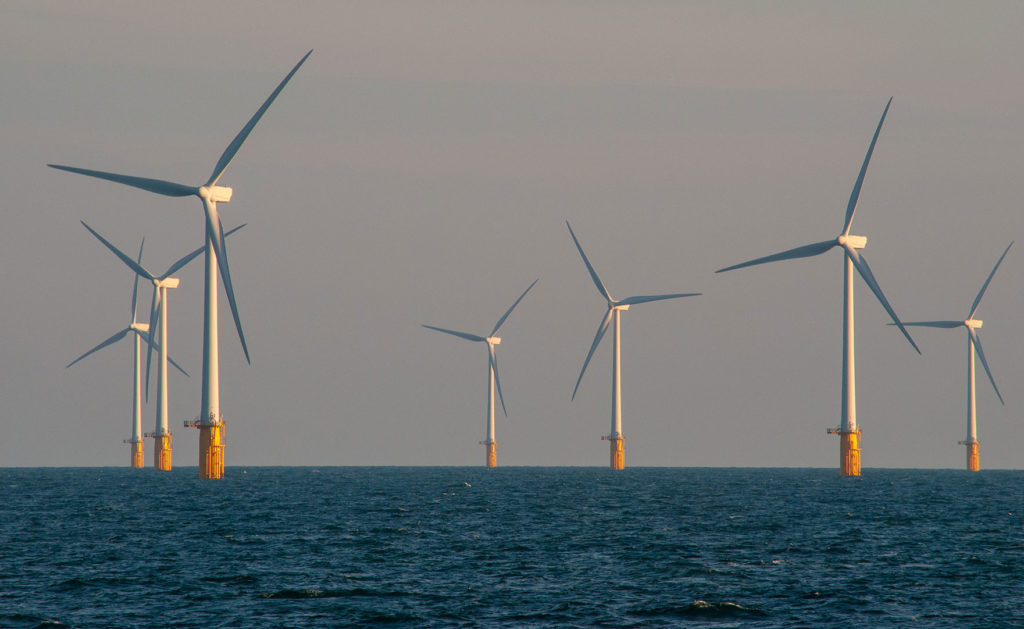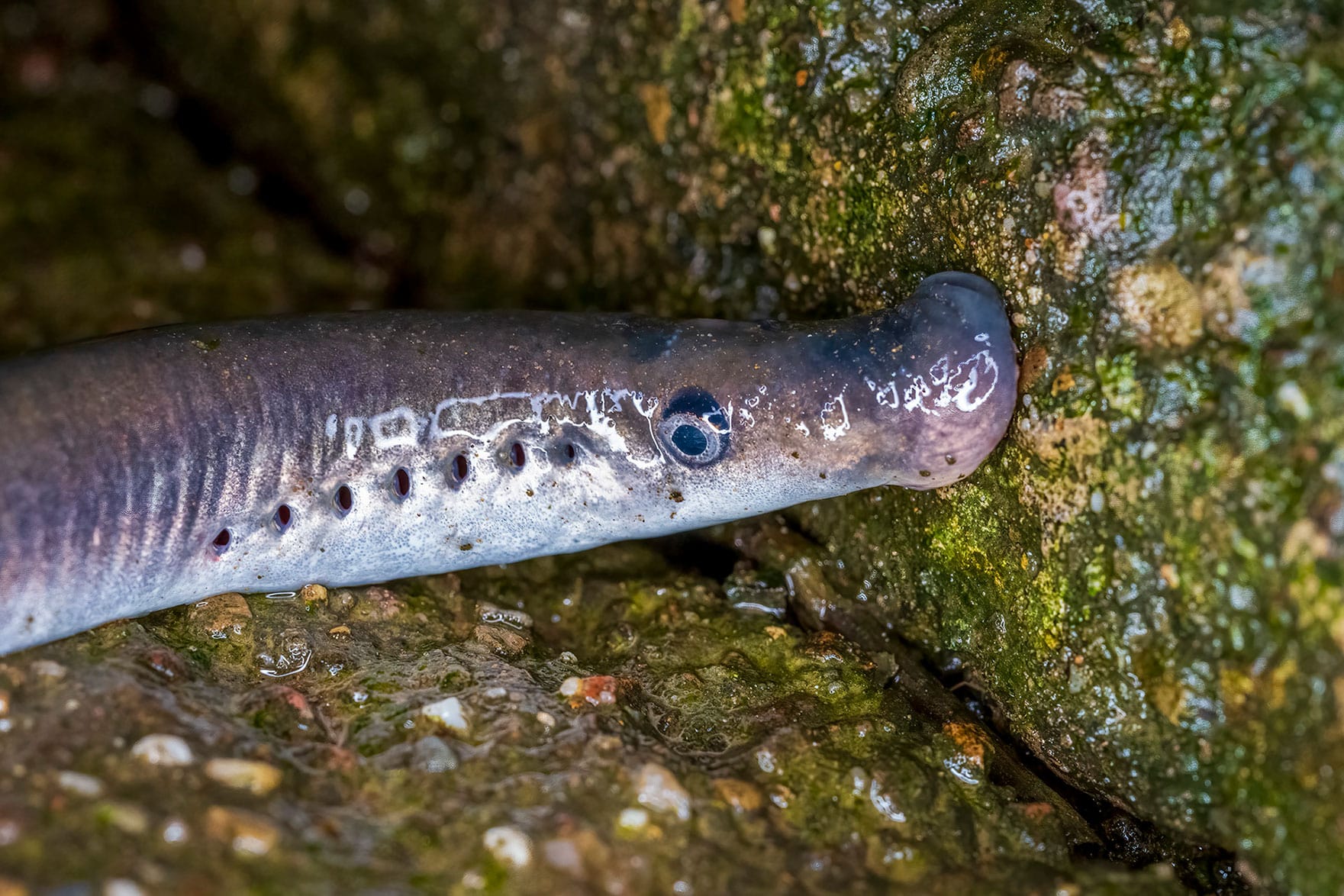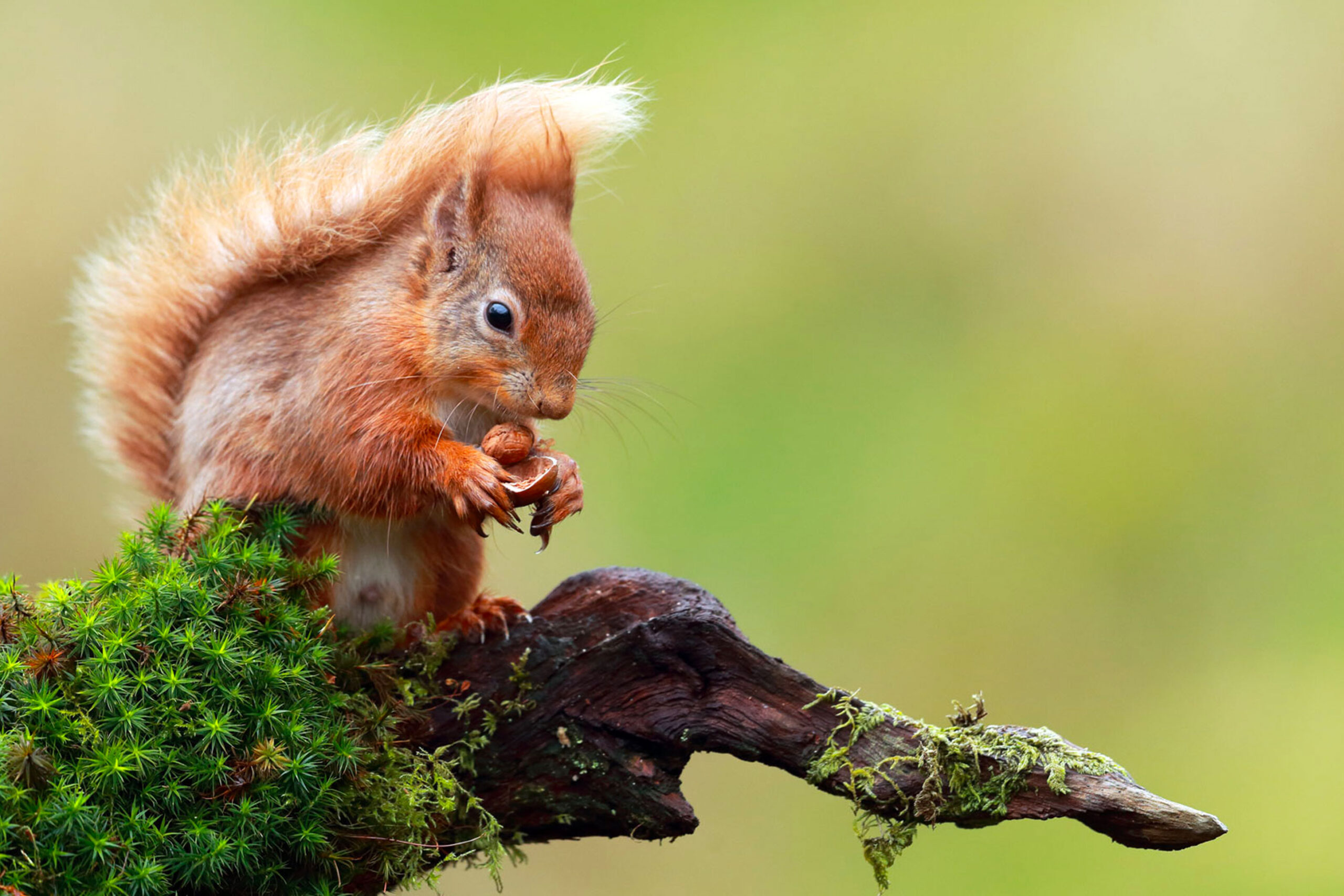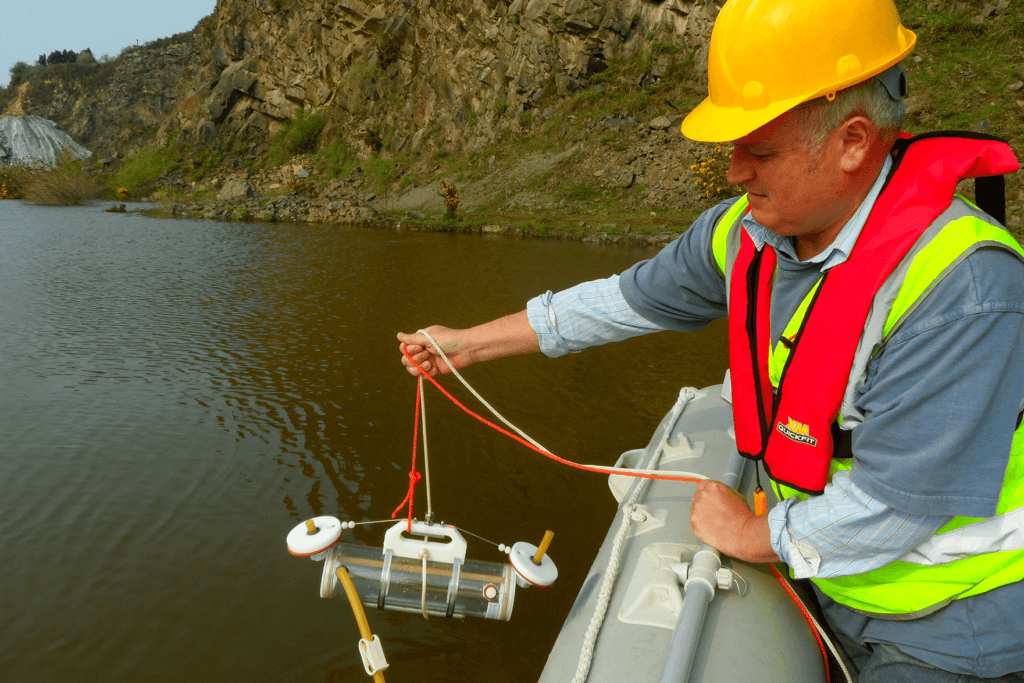Parts of a building where bats may roost include attic/roof void, behind hanging tiles, between roof felt and slates, behind soffit boards at a gable and in wall cavities crevices in roof timbers and wall cracks. Bats rely on buildings for roosting, typically roost in buildings in the warm summer months, between June and August, although they may be present earlier or later depending on the building and weather conditions.
Most building owners never discover bats in their until they need to carry out work, and then discover the bats during a bat survey or during the work.
Different bat species select different types of roosts in buildings since they look for sites comparable to those chosen in natural habitats.
- Further information on bat surveys and bats in buildings is available in the Bat Conservation Trust’s manual ‘Bats and Buildings‘.
- Also see the Heritage Councils guidelines for ‘Bat Surveys of Traditional Farm Buildings‘.
- National Parks and Wildlife’s (NPWS) ‘Bat Mitigation Guidelines for Ireland‘ are also available on-line.
ECOFACT have the expertise to provide bat surveys of buildings and other structures prior to planned works. The types of surveys completed are outlined as follows:-
Bat Surveys – Presence/Absence Surveys
A building with potential for roosting bats is inspected inside and out during daylight hours, using torches and endoscopes as required. A p; presence/absence bat survey can be conducted at any time of year. These bat surveys involve looking for evidence of roosting bats including live bats, remains of dead bats, droppings, staining, and feeding remains. Following this initial bat survey and assessment the building is assessed for their potential to be used by roosting bats.
Bat Surveys – Activity Surveys
All buildings assessed as having high potential for roosting bats should have a bat activity survey conducted. Bat activity surveys are carried out during the period May to August/September. This type of bat survey assesses bats leaving at dusk and re-entering the building at dawn with the aid of bat detectors. It is usual for at least two activity surveys to be conducted, approximately two weeks apart, in order to have enough information to determine the status of the building. The number of bat workers required to carry out the survey will depend on the building type. Numbers, species and emergence times and exits are recorded in detail. Where possible a static remote bat detector (i.e. Anabat system) can be left inside the building for several days to record bats usage of the building throughout the night.
It is recommended that proposed developments avoid all buildings with confirmed roosts or those identified as having high potential for roosting bats as a result of a bat survey. However, if this is not possible a ‘European Protected Species’ license to disturb/destroy the confirmed bat roost(s) will be required from the NPWS (or as relevant the Northern Ireland Environment Agency) before any work on the buildings can commence. A Bat Mitigation Plan is required as part of the derogation application process.






